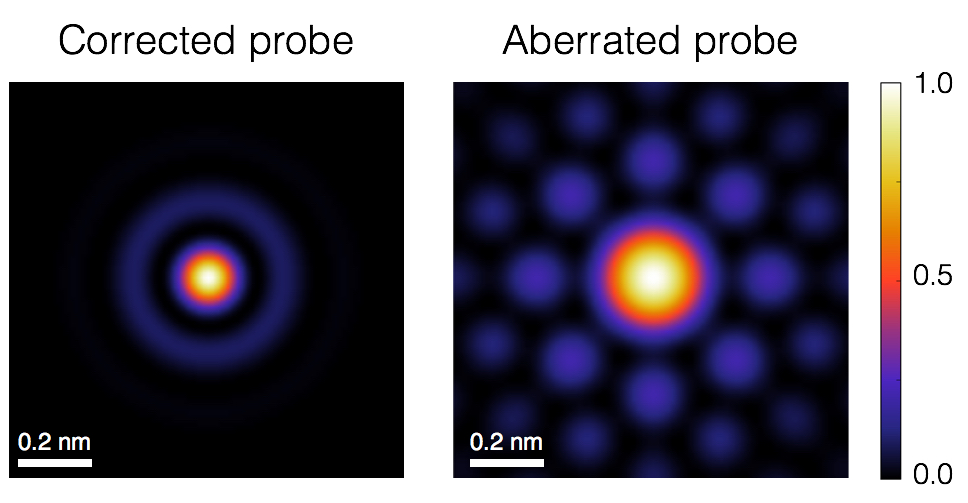
A new, somewhat counterintuitive, approach to using the electron microscope can detect magnetic signals by introducing aberrations. The aberrated probe results in imaging and spectra with lower spatial resolution than a traditional probe but it can pick up a magnetic behavior.

Scientists from the Department of Energy’s Oak Ridge National Laboratory (ORNL) and Uppsala University in Sweden developed the technique by taking advantage of the optical distortions that they usually eliminate when using an electron microscope.
Previously, scientists were keen on removing aberrations that cause images to become blurry. This time, the team from ORNL-Uppsala decided to add an aberration called “four-fold-astigmatism” to collect magnetic signals from a lanthanum arsenic oxide material.
The researchers are planning on refining the technique to collect signals from even smaller atoms. This development would allow researchers to get more information about an atom’s behavior.
Th technique could be used alongside existing techniques such as x-ray spectroscopy and neutron scattering in studying magnetism.
The study was published in the journal of Advanced Structural and Chemical Imaging.